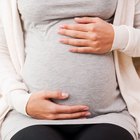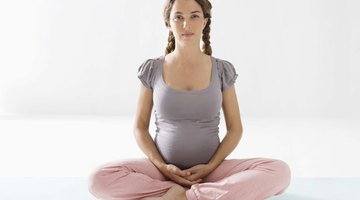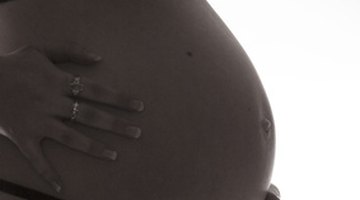Stages of Baby Development From Conception to Birth
Even before most women know they are pregnant, important developments are already taking place. In the week after conception, cell division has resulted in a zygote composed of 100 to 150 cells that are already differentiating and by two weeks the developing embryo has attached to the uterine wall. Phenomenal growth and development continues for nine months and culminates in the birth of a baby.
Conception
Out of hundreds of eggs and millions of sperm, one egg and one sperm unite at conception. This union, called fertilization, takes place in the woman’s fallopian tube and the fertilized egg, also called a zygote, divides into approximately 12 to 16 cells on its journey through the fallopian tube to reach and implant in the uterus.
First Trimester

7 Stages in Fetal Development
Learn More
In the first four weeks from conception, fetal growth of the ovum begins with development of the spinal cord, nervous system, gastrointestinal system, heart and lungs. By eight weeks, in the embryonic stage, the face is forming, arms and legs move, the baby’s heart begins beating and the brain and other organs form.
By 12 weeks, the baby, now called a fetus, grows to 3 inches long and weighs 1 ounce. She can move fingers and toes. Fingerprints are present. The baby smiles, frowns, sucks, swallows and urinates. The sex of the baby can be discerned by this time.
Second Trimester
During the second three months of pregnancy, the baby kicks, can hear and has a strong grip. At 16 weeks a strong heartbeat is evident. The skin is transparent and fingernails and toenails form. The baby can roll over in the amniotic fluid. At 20 weeks, the heartbeat can be heard with a stethoscope. The baby has hair, eyelashes and eyebrows. He can suck his thumb and may have hiccups. By 24 weeks, the baby is 11 to 14 inches long and weighs 1 to 1 1/2 pounds. His skin is covered with a protective coating, his eyes are open and meconium, which will be his first bowel movement after birth, is collecting in his colon.
Third Trimester

What Does My Unborn Baby Look Like at 6 Weeks?
Learn More
The baby is very active at 28 weeks and initial breathing movements begin. She is adding body fat. By 32 weeks, the baby experiences periods of sleep and wakefulness and responds to sounds. A six months supply of iron is accumulating in the liver. By 36 to 38 weeks she is 19 or more inches long and weighs 6 pounds or more. At this point she is less active and gains immunities from her mother.
Birth
Birth involves three stages. In the first stage, lasting 12 to 24 hours for first-time mothers, uterine contractions spaced 15 to 20 minutes apart in the beginning and lasting up to a minute stretch the woman’s cervix and it begins to open. By the end of the first stage, contractions come every two to five minutes and dilate the cervix to an opening of about 4 inches, which allows the baby to move from the uterus to the birth canal.
The second stage of birth begins with the baby’s head moving through the cervix and birth canal. By this time contractions come nearly every minute and last about a minute. The second stage ends when the baby emerges completely from the mother’s body.
The third stage of birth is the afterbirth in which the placenta, umbilical cord and membranes detach and are expelled. This final stage lasts only minutes.
Related Articles
- “Life-Span Development”; John Santrock; 1997
- Mayo Clinic: Fetal Development: The First Trimester
- Mayo Clinic: Fetal Development: The Second Trimester
- Mayo Clinic: Fetal Development: The Third Trimester











